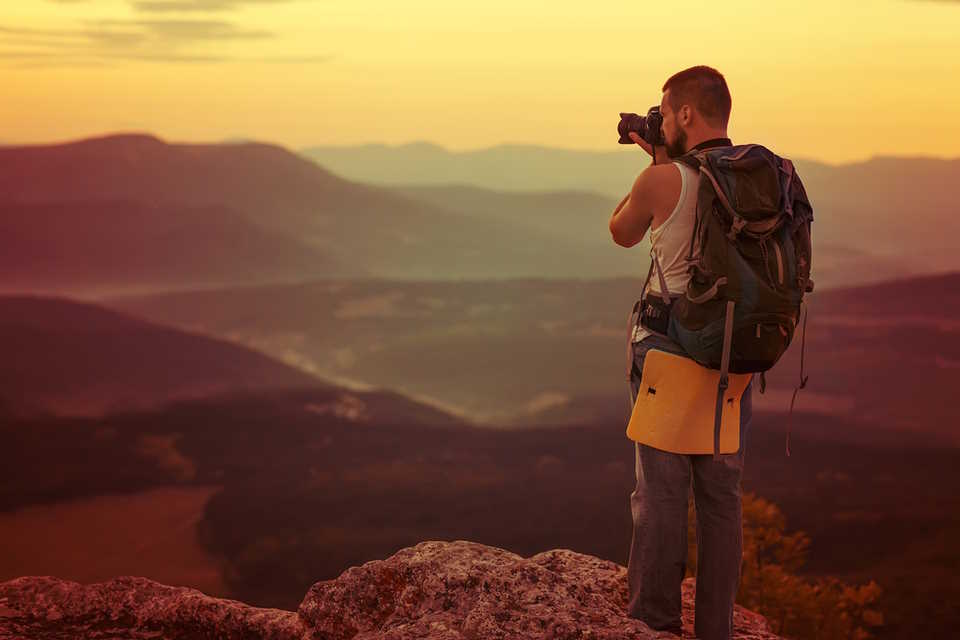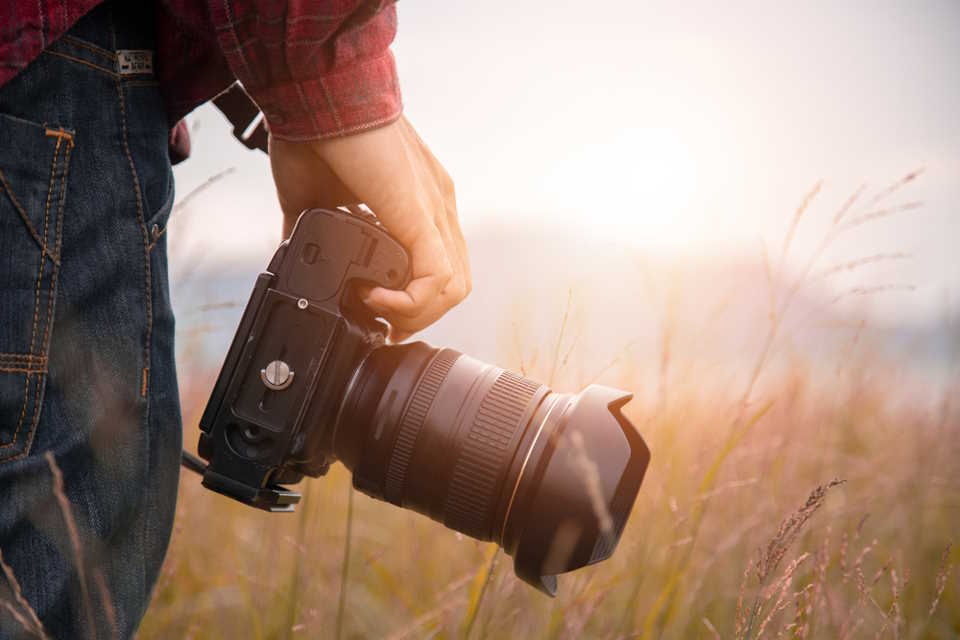When it comes to trekking and exploring the great outdoors, capturing stunning photos is a must. Whether you’re an avid hiker or just enjoy taking a leisurely stroll through nature, having the right photography skills can make all the difference in the world. In this blog post, we will delve into the various aspects of capturing breathtaking photos while trekking, from choosing the right camera gear to understanding lighting conditions and utilizing natural elements. We will also explore the importance of framing and composition techniques, as well as the post-processing techniques that can enhance your photos even further. By the end of this post, you’ll have a better understanding of how to elevate your photography game while out on the trails and bring back beautiful memories that truly do justice to the natural beauty that surrounds us.Learn how to choose the right camera gear, understand lighting conditions, frame and compose shots, use natural elements, and enhance your photos through post-processing. Become a photography pro!
Choosing The Right Camera Gear
When it comes to photography, choosing the right camera gear is essential for capturing stunning images. Whether you’re a professional photographer or just starting out, having the right equipment can make a huge difference in the quality of your photos. One of the most important decisions to make is whether to go for a DSLR or a mirrorless camera. Each has its own strengths and weaknesses, so it’s important to consider your specific needs and shooting style before making a decision.
Another crucial factor to consider when choosing camera gear is the lenses. Different lenses are designed for specific purposes, such as wide-angle lenses for landscapes or telephoto lenses for wildlife photography. Investing in high-quality lenses can greatly enhance the sharpness and clarity of your images. It’s also important to consider the camera body itself, as well as additional accessories such as tripods, filters, and external flashes that can further improve the versatility of your gear.
Whether you’re a landscape photographer, portrait photographer, or travel photographer, choosing the right camera gear is vital for achieving the best results. It’s important to do thorough research, read reviews, and even test out different equipment if possible before making a purchase. Ultimately, the right camera gear can help you unleash your creativity and capture memorable moments with precision and artistry.
So, take your time and carefully consider your options before investing in new camera gear. With the right equipment at your disposal, you’ll be able to elevate your photography to new heights and create images that truly stand out.
Understanding Lighting Conditions
Lighting is one of the fundamental elements of photography, and understanding different lighting conditions is essential for capturing stunning photos. Whether you’re shooting indoors or outdoors, the quality, direction, and color of light can significantly impact the outcome of your photographs.
When shooting in natural light, it’s crucial to pay attention to the time of day and the position of the sun. The golden hour, which occurs during the first and last hour of sunlight, provides soft, warm light that can add a beautiful, ethereal quality to your images. On the other hand, shooting in harsh midday sunlight can lead to strong shadows and overexposed highlights, resulting in less flattering portraits and landscapes.
For indoor photography, the type of artificial lighting used can have a dramatic effect on the mood and atmosphere of your images. Different light sources, such as incandescent, fluorescent, and LED lights, have varying color temperatures that can create different tones in your photographs. It’s essential to understand how to work with these different light sources to achieve the desired look in your photos.
In photography, the manipulation of light is a skill that can greatly impact the overall visual impact of your images. By understanding how to work with different lighting conditions, photographers can take their images to the next level, adding depth, drama, and emotion to their visuals.
Framing And Composition Techniques
When it comes to photography, framing and composition play a crucial role in capturing visually appealing and impactful images. The way a subject is framed within the camera’s viewfinder and the composition of the elements within the frame can make or break a photograph. Understanding and implementing effective framing and composition techniques can significantly improve the quality of your photography.
One important aspect of framing and composition is the rule of thirds. This rule suggests dividing the frame into nine equal parts using two horizontal and two vertical lines, and then placing the key elements of the photo along these lines or at their intersections. This technique helps to create balance and visual interest in the composition.
Another key concept in framing and composition is the use of leading lines. By incorporating lines within the frame – such as roads, bridges, or even natural elements like tree branches – photographers can guide the viewer’s eye towards the main subject, creating a sense of depth and movement within the image.
Additionally, paying attention to the symmetry and balance within the frame can also result in striking compositions. Whether it’s finding natural symmetry in landscapes or creating balance through the arrangement of elements in a still life, achieving a harmonious and visually pleasing composition is essential in photography.
Utilizing Natural Elements
When capturing stunning photographs, it’s important to consider the environment and natural elements that can enhance your images. One of the most powerful ways to elevate your photography is by utilizing the natural elements in your surroundings, such as water, plants, and landscapes.
Water can add a sense of tranquility and serenity to your photos, whether it’s a peaceful lake, a flowing river, or even the ocean waves. By incorporating water into your compositions, you can create a sense of movement and fluidity, adding a dynamic element to your images.
Plants and foliage can also be used to enhance your photos, providing texture and color to your compositions. Whether it’s a field of wildflowers, a dense forest, or a single striking tree, incorporating plant life can add depth and interest to your photographs.
Finally, landscapes can provide a stunning backdrop for your images. Whether it’s a majestic mountain range, a sweeping desert, or a tranquil beach, the natural world offers endless opportunities for capturing breathtaking images.
Post-Processing For Enhancement
When it comes to photography, the work isn’t done after you’ve taken the perfect shot. Post-processing is an essential step in enhancing and perfecting your images. By utilizing the right editing tools and techniques, you can elevate your photographs to a whole new level.
One of the most important elements of post-processing is color correction. This involves adjusting the hues, saturation, and contrast to ensure that the colors in your image are true to life and vibrant. Whether you’re shooting landscapes, portraits, or product photography, getting the colors right can make a huge difference in the final result.
Another crucial aspect of post-processing is sharpening and noise reduction. These adjustments can help clean up any graininess and increase the overall clarity of your images. By carefully sharpening the details and reducing any unwanted noise, you can make your photos look more professional and polished.
Additionally, cropping and straightening can greatly improve the composition of your images. This step allows you to remove any distracting elements and focus on the main subject, as well as ensuring that your horizon lines are perfectly straight. By paying attention to these details, you can create visually appealing and well-balanced photographs.









